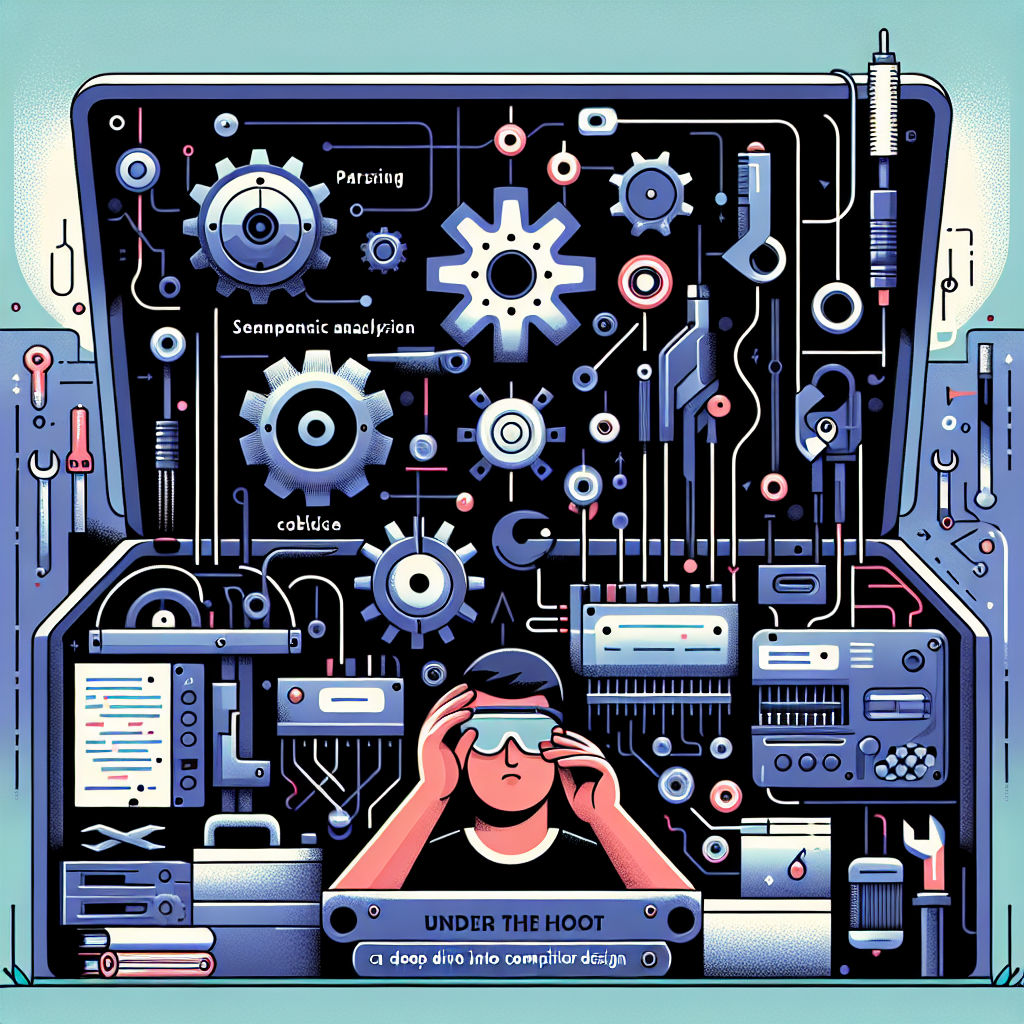A compiler is a special type of program that processes statements written in a particular programming language and turns them into machine code or “code” that a computer’s processor uses. Compiler design, which is an essential aspect of computer science, involves various elements that are pivotal in the processing of machine code. This article takes an in-depth look into the intriguing world of compiler design.
An Overview of Compilers
A fundamental grasp of what compilers are and how they function is required in order to understand compiler design. A compiler operates in three crucial stages; the lexical analysis stage, the syntax analysis stage and the code generation stage. The process begins with a source program and ends with an object code, yet there are complex steps bridging these two entities.
Lexical Analysis
During the lexical analysis stage, the compiler first divides the source program into small pieces, each of which is known as a token. These tokens are typically keywords, identifiers, constants, operators, and punctuation symbols.
Syntax Analysis
The syntax analysis stage is often referred to as the parsing stage. Here, the compiler verifies that the tokens formed in the previous stage make sensical sentences. This involves the checking of expressions, statements, and program units. If there is any violation of grammar rules, a syntax error will be flagged.
Code Generation
The code generation stage is the final stage of the compiler. Here, the compiler takes the optimized representation of the source code and maps it to the target machine code. Several optimization techniques are involved in this process to improve the quality of the output code.
Key Components of Compiler Design
Now that the basic working of a compiler has been outlined, it is important to comprehend the key components involved in compiler design.
- Lexical Analyzer: This is the very first phase of the compiler which takes the source code as an input and divides it into tokens.
- Syntax Analyzer: The syntax analyzer parses the tokens to ensure they follow the source language’s syntax rules.
- Semantic Analyzer: This verifies whether the parsed statements and expressions have meaning.
- Intermediate Code Generator: This converts the source code into an intermediate code, which can be fed into the system.
- Code Optimizer: This optimizes the intermediate code to offer efficient resource utilization.
- Code Generator: The final machine/target language code is generated using this component.
Conclusion
Compiler design is an integral part of the translating process that turns high-level programming languages into machine code that a computer can understand. A comprehensive understanding of compiler design not only enhances a programmer’s knowledge but also clarifies how software and hardware interact. While compiler design might seem complex, it’s nothing more than a series of organized steps.
FAQs
- What is a Compiler?
- What are the key stages of a Compiler?
- What is lexical analysis?
- What is code generation in a Compiler?
- What does a Semantic Analyzer do?
A Compiler is a program that translates high-level programming language into machine code that a computer can understand and execute.
Compilers primarily operate through three stages: lexical analysis, syntax analysis, and code generation.
The lexical analysis stage, also known as “scanning,” involves breaking down the source program into smaller parts called tokens. Each token represents a logically cohesive sequence of characters, such as identifiers, operators or punctuation symbols.
Code generation is the final phase of a compiler where the intermediate symbols are converted into machine codes.
Semantic Analyzer checks whether the parsed statements and expressions have meaning. It verifies these against the rules of the source language and builds a symbol table to track identifiers and types.

